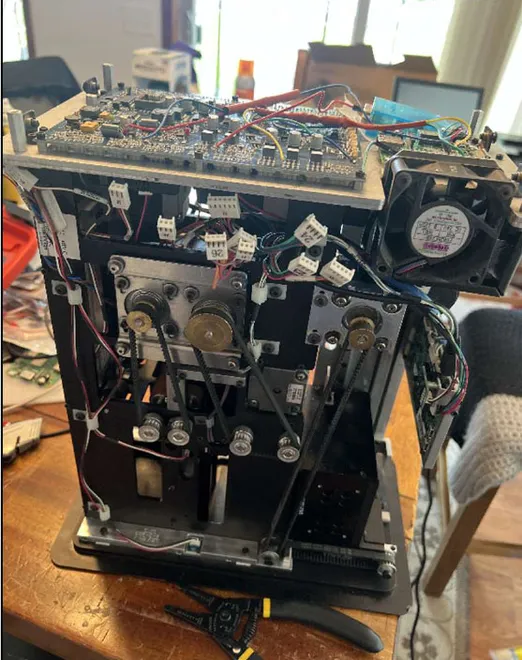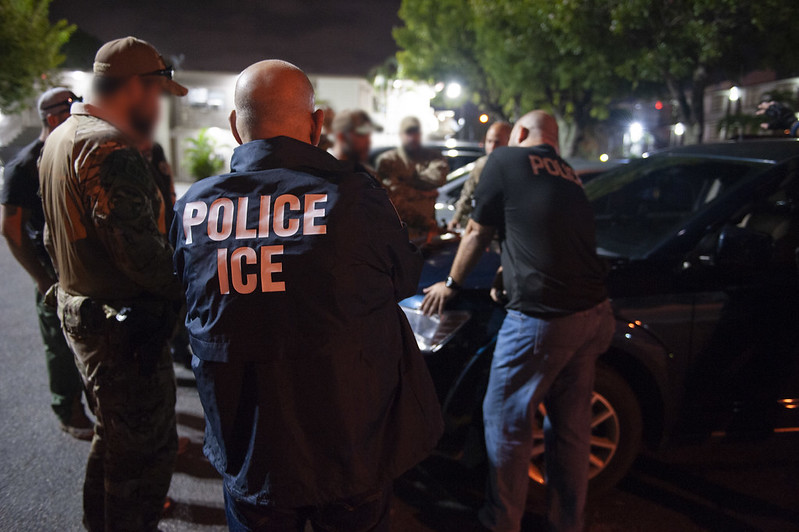By Steve Neavling
The DEA arrested 810 people and seized more than 1.8 million counterfeit pills containing fentanyl as part of an eight-week crackdown on fake, dangerous prescription drugs.
“During the past eight weeks, DEA has targeted the criminal drug networks flooding the U.S. with deadly, fentanyl-laced fake pills,” DEA Administrator Anne Milgram said in a statement. “DEA remains steadfast in its commitment reduce drug-related violence and overdose deaths by dismantling the violent, criminal drug distribution networks across the United States. The fentanyl-laced fake pills seized by DEA could potentially kill more than 700,000 Americans. I urge the American public today to talk to their loved ones about the threats and dangers of fake pills and the simple fact that one pill can kill.”
On Tuesday, the DEA issued a rare warning about mass-produced, fentanyl-laced counterfeit pills that have been linked to fatalities.
According to the alert, more than 9.5 million counterfeit pills have been seized so far this year, which is more than the last two years combined.
Lab testing found that the pills contain at least two milligrams of fentanyl, which is considered a lethal dose.
Criminal drug networks from Mexico are manufacturing the pills, which look like real prescription medications such as oxycodone, hydocodone, alprazolam, and amphetamines such as Adderall, and are distributing the drugs through U.S. networks.
“Opioids were responsible for nearly three quarters of the more than 93,000 fatal drug overdoses in the United States in 2020,” Deputy Attorney General Monaco said. “The pervasiveness of these illicit drugs, and the fatal overdoses that too often result, is a problem that cuts across America from small towns to big cities and everything in between. One pill can kill. The department will continue to use all of the resources at its disposal to save lives, complementing strong enforcement efforts with public awareness and outreach campaigns, as well.”






